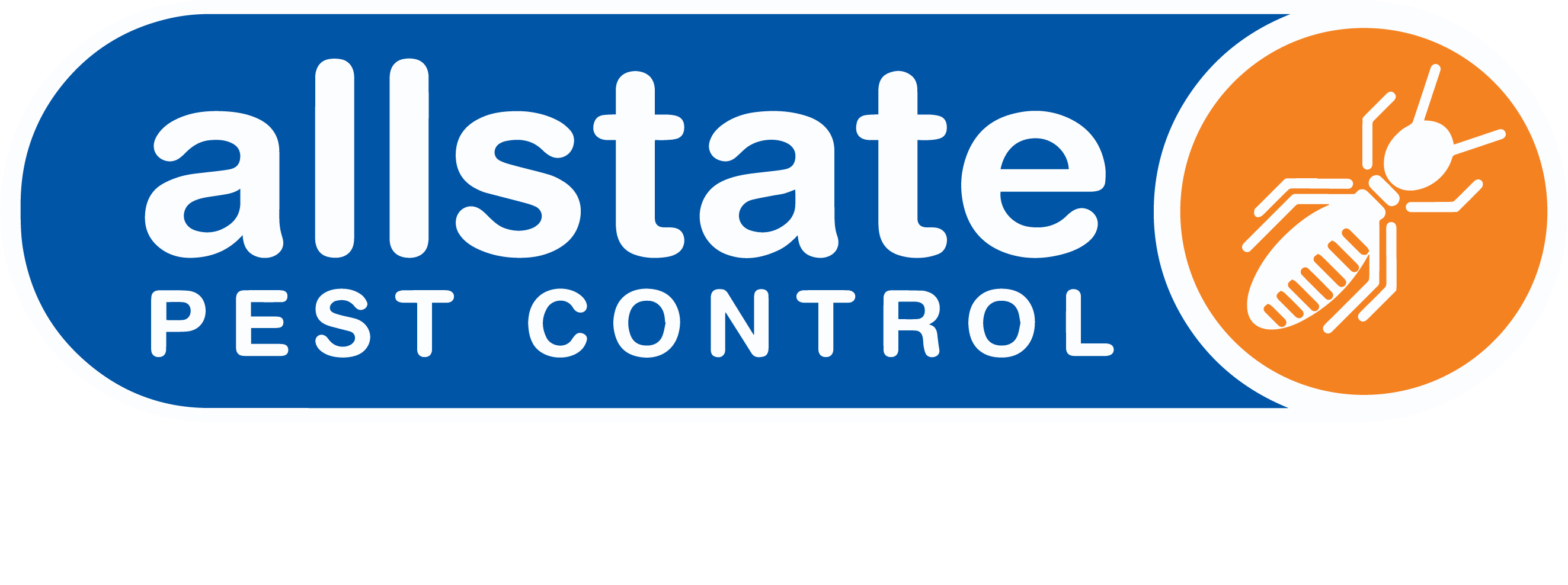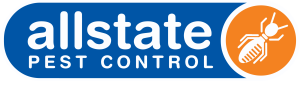by SerumTD-019 | Aug 30, 2022
Fungus: A fungus is a eukaryotic organism that lacks chlorophyll and typically produces spores. Fungi include yeasts, molds, and mushrooms. Some fungi are pathogens of plants or animals, while others are important in the decomposition of organic matter.
by SerumTD-019 | Aug 30, 2022
Gall: A gall is a growth on a plant that is caused by the presence of an insect, mite, or other small organism. Galls can be found on leaves, stems, flowers, or fruits. They may be spherical, oblong, or flask-shaped.
by SerumTD-019 | Aug 30, 2022
Generally Recognized as Safe (GRAS): GRAS is an acronym for “generally recognized as safe”. It is a designation given by the US Food and Drug Administration (FDA) to substances that are considered safe for human consumption.
by SerumTD-019 | Aug 30, 2022
Genetic Engineering: Genetic engineering is the process of manipulating genes in a living organism to change its characteristics. This can be done by introducing new DNA into the organism’s genome or by deleting or altering existing genes.
by SerumTD-019 | Aug 30, 2022
Geographical Information Systems: A geographical information system (GIS) is a system designed to capture, store, manipulate, analyze, manage, and present all types of spatial or geographical data.



